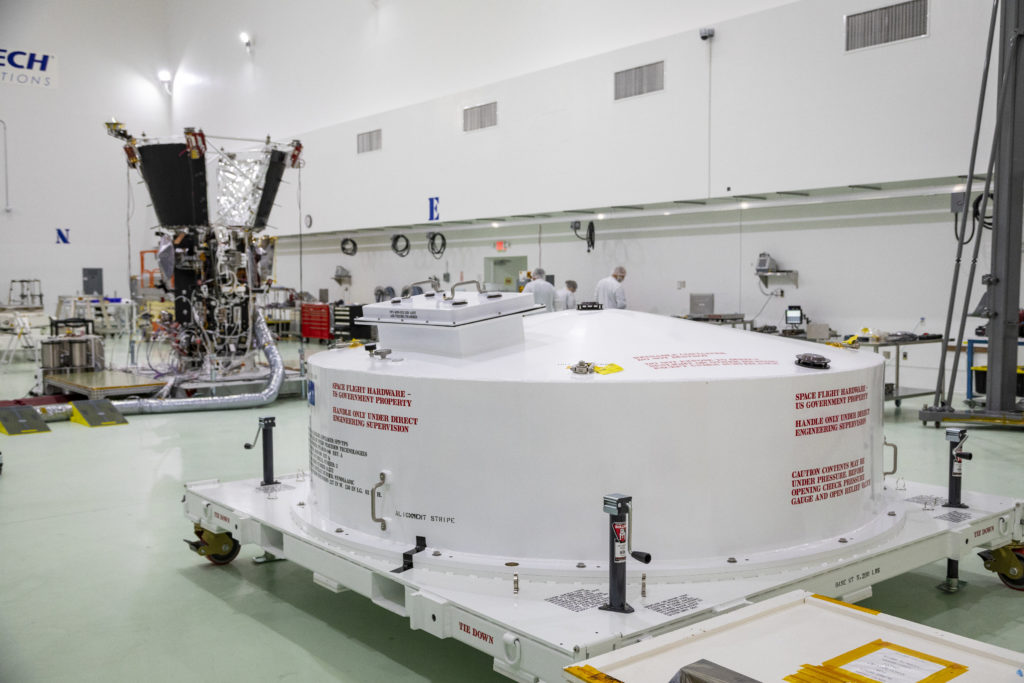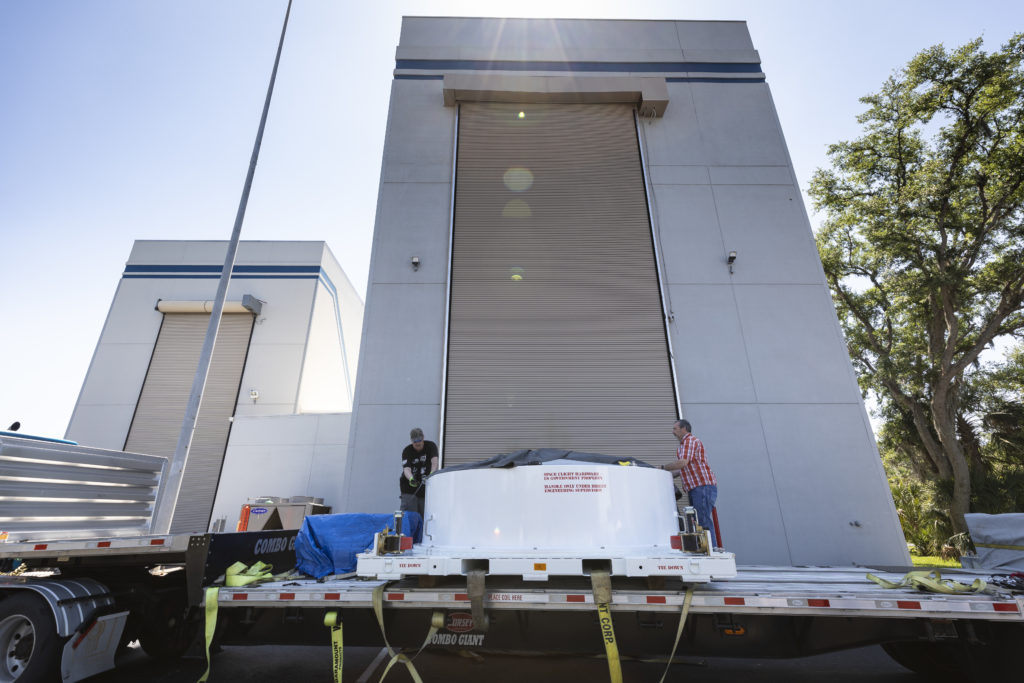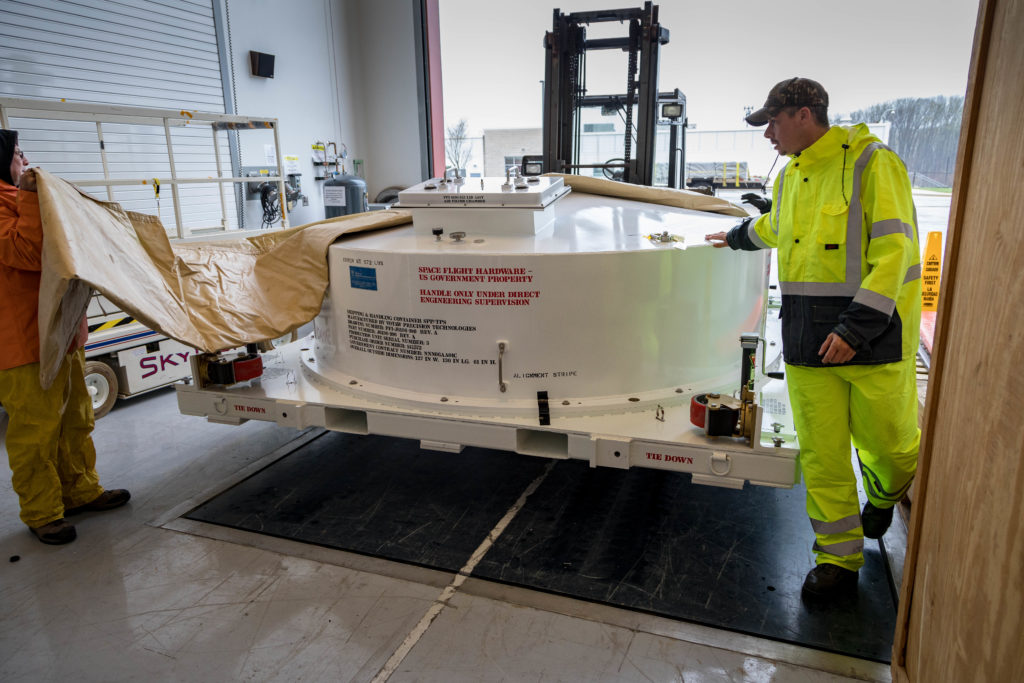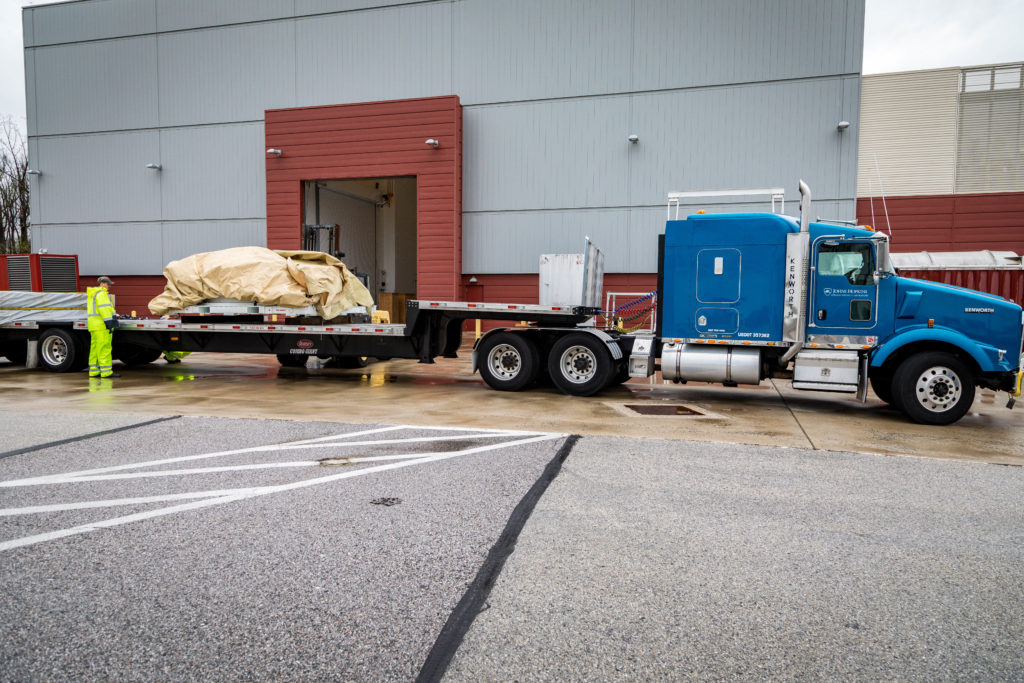You don’t get to swim in the Sun’s atmosphere unless you can prove you belong there. And Parker Solar Probe’s Faraday cup, a key sensor on the spacecraft, earned its stripes on April 19 by enduring testing in a homemade contraption designed to simulate the Sun.
The cup will scoop up and examine the solar wind as the probe passes closer to the Sun than any previous human-made object. In order to confirm the cup will survive the extreme heat and light of the Sun’s corona, researchers previously tortured a model of the Faraday cup at temperatures exceeding 3,000 degrees Fahrenheit, courtesy of the Oak Ridge National Laboratory’s Plasma Arc Lamp. The cup, built from refractory metals and sapphire crystal insulators, exceeded expectations.
But the final test took place on April 19, in a homemade contraption Kasper and his research team call the Solar Environment Simulator. While being blasted with roughly 10 kilowatts of light on its surface—enough to heat a sheet of metal to 1,800 degrees Fahrenheit in seconds—the Faraday cup model ran through its paces, successfully scanning a simulated stream of solar wind.
Justin Kasper, University of Michigan associate professor of climate and space sciences and engineering, is principal investigator for Parker Solar Probe’s Solar Wind Electrons Alphas and Protons (SWEAP) investigation.
Read the full story from the University of Michigan.
By Jim Lynch
University of Michigan











